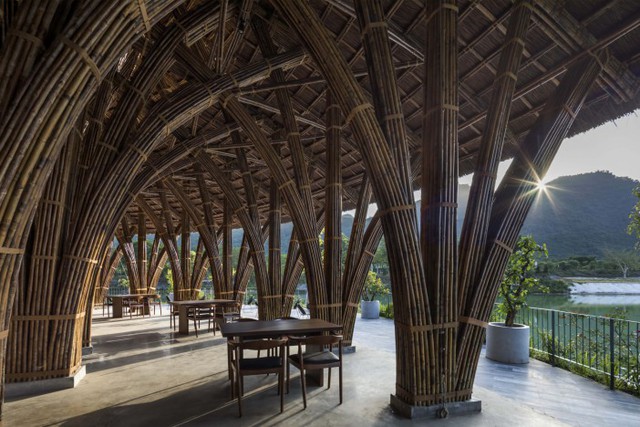Vietnamese Architecture and Interior Design Industry: Embracing a Unique Identity
Over the past decade, Vietnam’s architecture and interior design industry has witnessed impressive growth, with an estimated market size of $1.47 billion in 2024, projected to reach $1.92 billion by 2029, representing a CAGR of 5.33%. However, behind these positive figures lies a thought-provoking reality: the majority of the domestic interior market still operates under a “trend consumption” model, passively adopting and applying design trends from foreign countries without critical selection and localization.
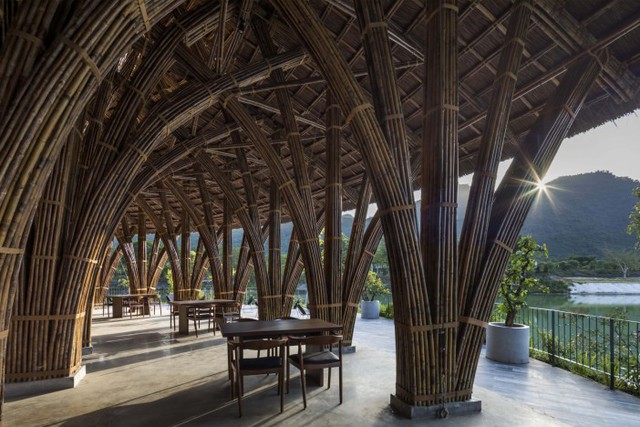
Vietnamese architecture and interior design seek a direction to assert their identity.
The Vietnamese market has become accustomed to design trends from Europe, Japan, South Korea, and China, which are introduced through social media, specialized magazines, or imported products. While this contributes to integration, it also inadvertently leads to a lack of distinct identity in Vietnamese interior design, failing to accurately reflect the culture, lifestyle, and needs of Vietnamese people. Local enterprises need to be more proactive and confident if they aim to compete in an international context that emphasizes personalization.
For many young designers, creativity remains an individual endeavor, lacking a foundational framework. If this doesn’t change, Vietnam’s design and architecture industry will miss out on leveraging its available resources, while countries like China, Japan, and Thailand have already charted their unique paths.
Businesses: From Trend Followers to Trendsetters
In the context of integration, Vietnamese businesses have numerous opportunities to access new trends. Hence, they play a crucial role in connecting with specialized units to research, develop, and introduce global trends. To achieve this, businesses need to invest in market research, understand their target customers, and collaborate with architects and designers to create products that bear a local imprint. Simultaneously, building a brand with a unique identity and adopting new technologies will enhance quality, optimize production, cater to consumer trends, and increase competitiveness. This also serves as an essential foundation for the sustainable development of Vietnam’s interior design industry.
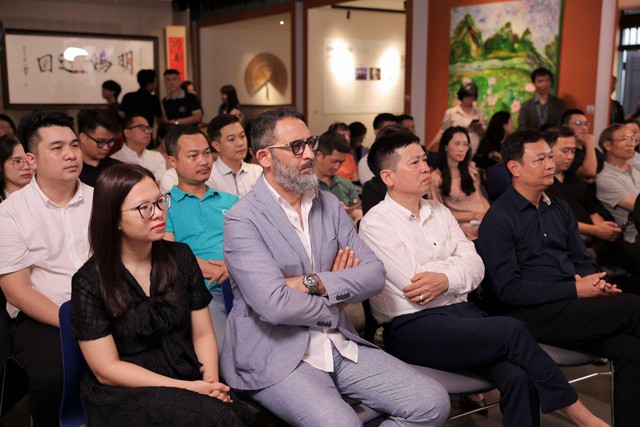
Trend 26: A collaboration between Gỗ Minh Long, Khóa Huy Hoàng, and Viglacera, setting a new direction for Vietnamese interior design trends.
In the architecture and interior design industry, collaboration between businesses and creative teams, including designers, architects, and artisans, is vital to shaping unique trends that reflect Vietnamese culture. Businesses are not merely producers but also strategic links in the creative ecosystem, translating cultural values and local demands into competitive design solutions. By assuming the role of “trendsetters,” businesses help Vietnamese design break free from a follower mentality and inadvertent plagiarism, fostering a new aesthetic mindset for the entire industry.
Trend 26: A Testament to Collaborative Trend-setting in Vietnamese Interior Design
A prime example of this transformative role of businesses is the collaboration between three prominent brands: Gỗ Minh Long, Khóa Huy Hoàng, and Viglacera. Together, they pioneered the co-publication of Trend 26, not just as Vietnam’s first architecture and interior design trend publication but also as a manifestation of multi-dimensional linkages between enterprises, experts, designers, and creative units. This collective effort aims to foster a profound, unique, and globally conversant Vietnamese design ecosystem.
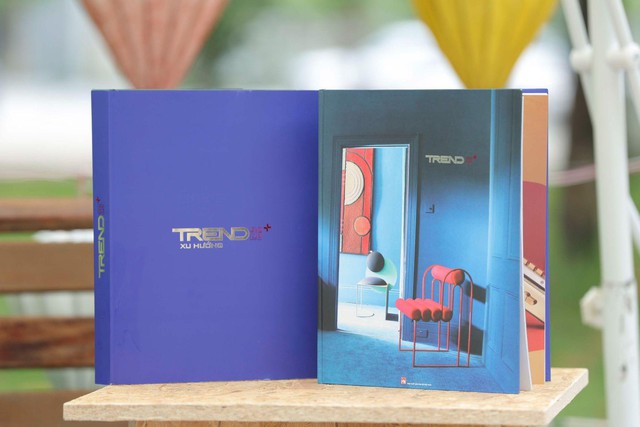
Trend 26: Vietnam’s pioneering publication on architecture and interior design trends.
Gỗ Minh Long, embodying the spirit of fashion-forward interior design while celebrating local intellectual prowess, has contributed to researching and developing design trends suitable for the Vietnamese market. Khóa Huy Hoàng, specializing in locking solutions and accessories, offers insights into safety and convenience in living spaces. Viglacera, with its strength in building materials, completes the picture by providing insights into modern and sustainable interior design trends.
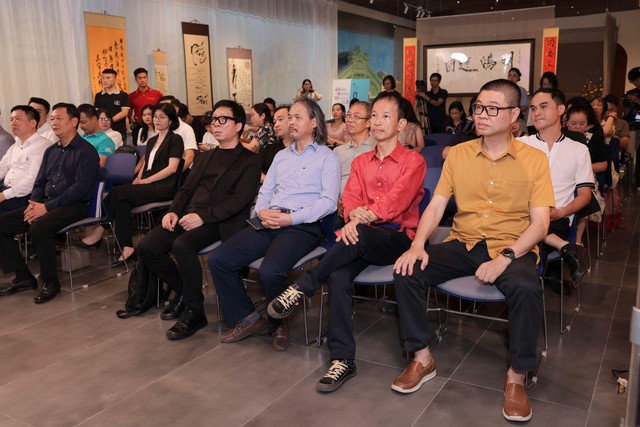
Trend 26 garnered special attention from industry experts.
Through Trend 26, these three enterprises not only introduced new trends but also demonstrated their commitment to developing Vietnam’s interior design industry proactively, creatively, and sustainably. This collaboration showcases how businesses can take center stage in shaping trends and connecting various stakeholders. In today’s highly competitive landscape, merely following trends is no longer sufficient. Vietnamese interior design businesses must aspire to lead. The alliance between Gỗ Minh Long, Khóa Huy Hoàng, and Viglacera through Trend 26 is a strategic move that reflects a new mindset and a strong desire to assert their identity on the global architecture and interior design map.
Should You Paint or Wallpaper Your Walls to Save Money?
Wallpaper and paint are two popular wall-decor options, but which is the better choice? This is a common dilemma for many homeowners.
The ESG Vietnam Investment Conference 2025: Navigating Sustainable Development in a Dynamic Global Landscape.
The Vietnam ESG Investment Conference 2025, co-organized by Raise Partners and Vietnam Innovators Digest, is set to take place at the New World Saigon Hotel in Ho Chi Minh City on May 13-14, 2025. With the theme “Sustainability and Growth in a Dynamic Age,” the conference, now in its third iteration, is expected to serve as a pivotal platform for discussions and collaborations on environmental, social, and governance (ESG) investment strategies in Vietnam.
Vietnam-Canada: Strengthening Ties, Building Opportunities.
Strengthening cooperation and building strong ties with Canadian provinces such as Saskatchewan is a key strategy to enhance bilateral relations between our nations. With a focus on diverse sectors, we aim to unlock the potential of our countries and bring about a positive change. Saskatchewan, with its vibrant economy and diverse sectors, offers a plethora of opportunities for cooperation and collaboration. By joining forces, we can create a mutually beneficial partnership that will not only strengthen our bond but also bring about a positive impact on our respective communities.

